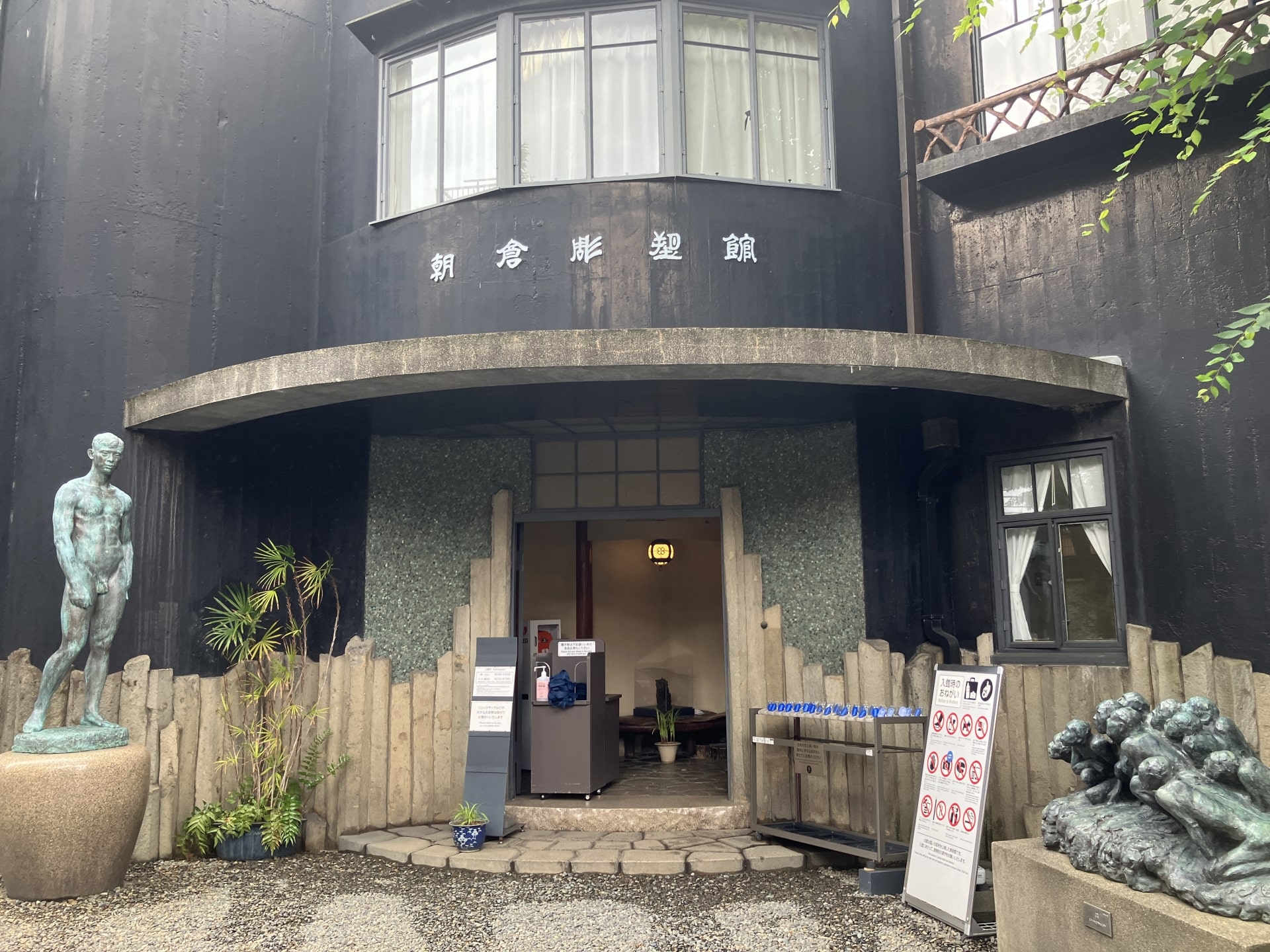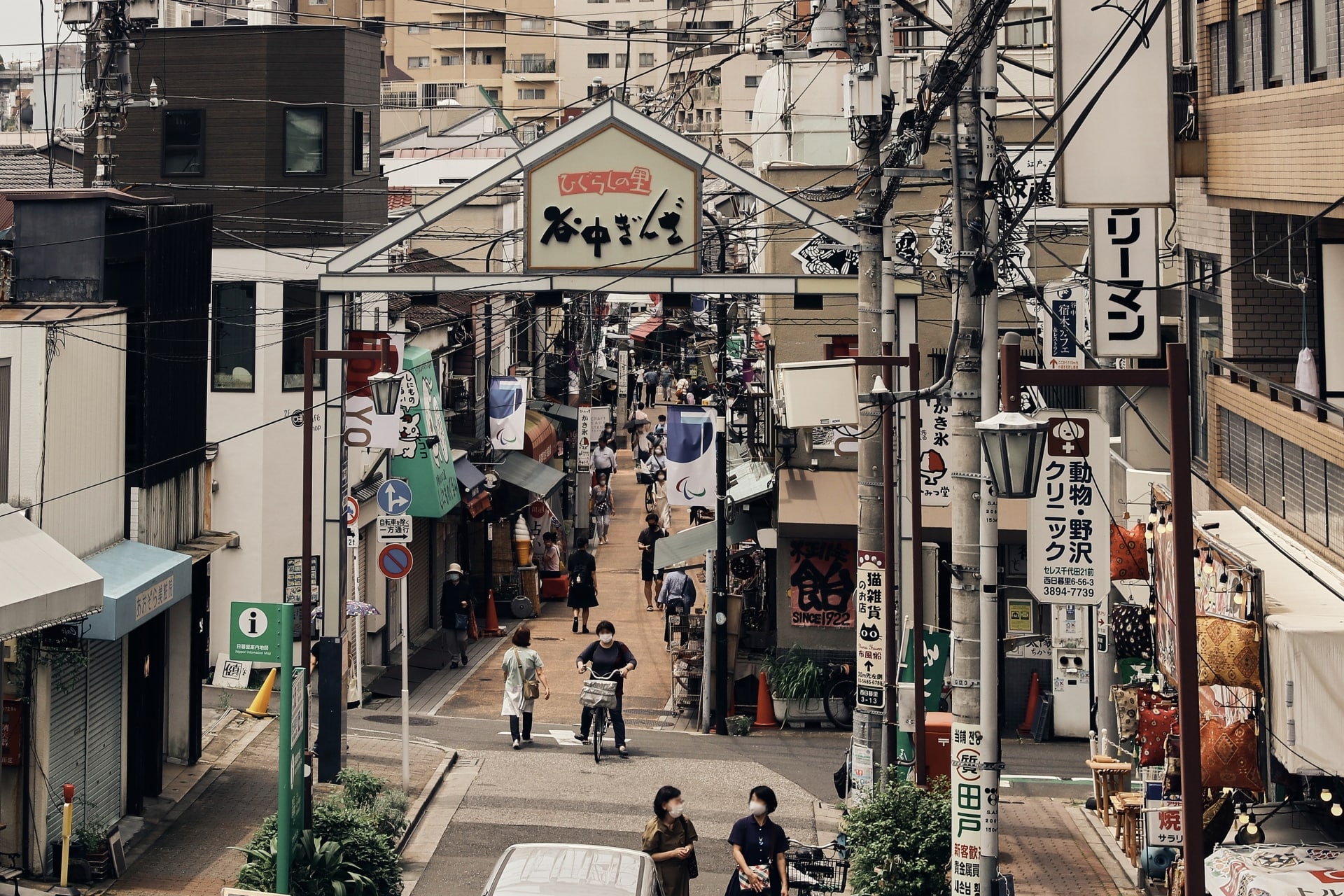Yanaka: The Old-Town Gem of Tokyo Every Traveler Should Visit
Yanaka Guide: Where History, Art, and Tradition Meet in Tokyo

Located in the heart of Tokyo’s Taito ward, Yanaka is a neighborhood where time seems to stand still. Unlike the busy, modern districts nearby, Yanaka offers a rare glimpse into Tokyo’s past, preserving the charm and nostalgia of a bygone era.
Known for its historical streets, temples, and traditional shops, and it’s conveniently close location to Ueno, Yanaka draws both locals and international visitors looking to experience Tokyo’s “shitamachi” (old town) culture.
Whether you are interested in art, history, or simply a relaxed stroll through narrow lanes and hidden alleys, Yanaka promises an enriching experience away from the urban rush.
If you need an overview of the Ueno area, don’t miss our All-in-One Guide to Ueno!
What is Yanaka
Yanaka (谷中) is a historic area in Tokyo’s Taito ward that has survived earthquakes, fires, and wartime bombings, retaining its old-world charm. Dating back to the Edo period, Yanaka flourished as a temple town and became a sanctuary for many craftsmen, shopkeepers, and artists over the years.
The neighborhood remains one of Tokyo’s few districts where visitors can experience traditional shitamachi culture, with wooden houses, narrow streets, and serene temples. Together with neighboring areas Nezu and Sendagi, Yanaka is part of the “Yanesen” (Yanaka-Nezu-Sendagi) trio, a cluster of neighborhoods celebrated for their retro ambiance, cultural depth, and welcoming vibe.
What to do & see at Yanaka
Yanaka Ginza:
Yanaka Ginza (谷中銀座) is a vibrant shopping street embodying the essence of shitamachi culture. Stretching 170 meters, this street is lined with around 60 small shops, from traditional sweets and handmade crafts to casual eateries serving local snacks.
It’s a great place to sample freshly made treats like taiyaki (fish-shaped pastries) or korokke (croquette) and pick up unique souvenirs. The street is famous for its friendly shopkeepers and quaint atmosphere, making it a highlight of the Yanaka experience.
Yuyake Dandan:
At Yanaka Ginza’s entrance, Yuyake Dandan (夕焼けだんだん) is a picturesque staircase where visitors often gather to watch the sunset. “Yuyake” means “sunset” in Japanese, and this spot offers beautiful, warm views over the neighborhood.
The steps are often crowded with people, especially in the late afternoon, giving it a lively yet relaxed charm that adds to the overall experience of Yanaka.
Asakura Museum of Sculpture:

The Asakura Museum of Sculpture (朝倉彫塑館) offers a fascinating peek into the life and work of Fumio Asakura, a prominent Japanese sculptor from the Taisho era. Housed in Asakura’s former residence and atelier, the museum showcases his impressive sculptures and provides insight into his creative process.
The building itself is a piece of art, with a Japanese garden and traditional architecture that make it a tranquil escape for art enthusiasts.
Atari & Yanaka Beer Hall:
Atari is a complex that repurposes traditional Japanese houses into a charming cluster of shops and eateries. Here, you’ll find the Yanaka Beer Hall, where visitors can enjoy locally crafted beers in a cozy, retro setting.
This venue beautifully combines nostalgia with modern tastes, offering visitors a chance to relax and mingle with locals in a uniquely atmospheric environment.
Nezu Shrine:
One of Tokyo’s oldest shrines, Nezu Shrine (根津神社) is famous for its thousands of vibrant red torii gates that form a scenic pathway through the grounds. In April, the shrine hosts the Bunkyo Azalea Festival, attracting visitors with its gardens blooming with colorful azaleas.
Built in the Edo period, Nezu Shrine is a beautifully preserved example of traditional architecture, providing a peaceful retreat within Yanaka’s historical landscape.
Check out more things to do in the following article.
▶ 10 Best Things to Do in Yanaka
How to get to Yanaka

From Nippori Station:
Yanaka is easily accessible by train, with Nippori Station on the JR Yamanote Line as the nearest major station. From Nippori, Yanaka Ginza is just a 5–10 minute walk, allowing for a scenic introduction to the neighborhood.
If coming from Tokyo Station, the JR Yamanote Line will take you to Nippori in about 12 minutes, while a trip from Shibuya Station takes around 20 minutes on the same line.
From Sendagi Station:
Visitors can also reach Yanaka via Sendagi Station on the Tokyo Metro Chiyoda Line, which is about a 10-minute walk from Yanaka Cemetery.
Map:
Tourist attractions near Yanaka
Ueno Park:
Just a short walk from Yanaka, Ueno Park is a vast cultural hub home to museums, a zoo, and beautiful cherry blossom trees in spring. The park offers a dynamic range of activities and is perfect for families and art enthusiasts alike.
Tokyo National Museum:
Situated in Ueno Park, this museum is one of Japan’s oldest and boasts an impressive collection of artifacts, from ancient samurai armor to Japanese art and historical relics. It’s a must-visit for anyone interested in Japanese history and culture.
Ameya-Yokocho:
Also known as “Ameyoko,” this bustling market street near Ueno Station is famous for its lively atmosphere, affordable shopping, and endless food stalls. Here, visitors can find everything from fresh seafood to trendy clothing, making it a favorite spot for bargain hunters.
Is Yanaka worth visiting?
Absolutely! Yanaka offers a unique opportunity to step back in time and experience the Tokyo of a different era. With its historical sites, nostalgic charm, and lively local culture, Yanaka is a must-see for those looking to explore a side of Tokyo often overshadowed by the city’s modern attractions.
Art lovers, history enthusiasts, and anyone seeking a peaceful stroll through quaint streets will find Yanaka a delightful escape.
For more information about Tokyo highlights, check these articles below, too!
Written by
Born and raised in Costa Rica, I started living in Tokyo from college. I love traveling within Japan & around the world. Since I wasn’t born in Japan, I know the cultural impact that you can get when visiting Japan for the first time and what you might be worried about before your trip. And I’ve lived long enough to somewhat understand the nuances of the Japanese culture that make this country such an attractive place to visit. Hopefully I can provide to you both the information you’re looking for and the information you didn’t know you needed to know.













